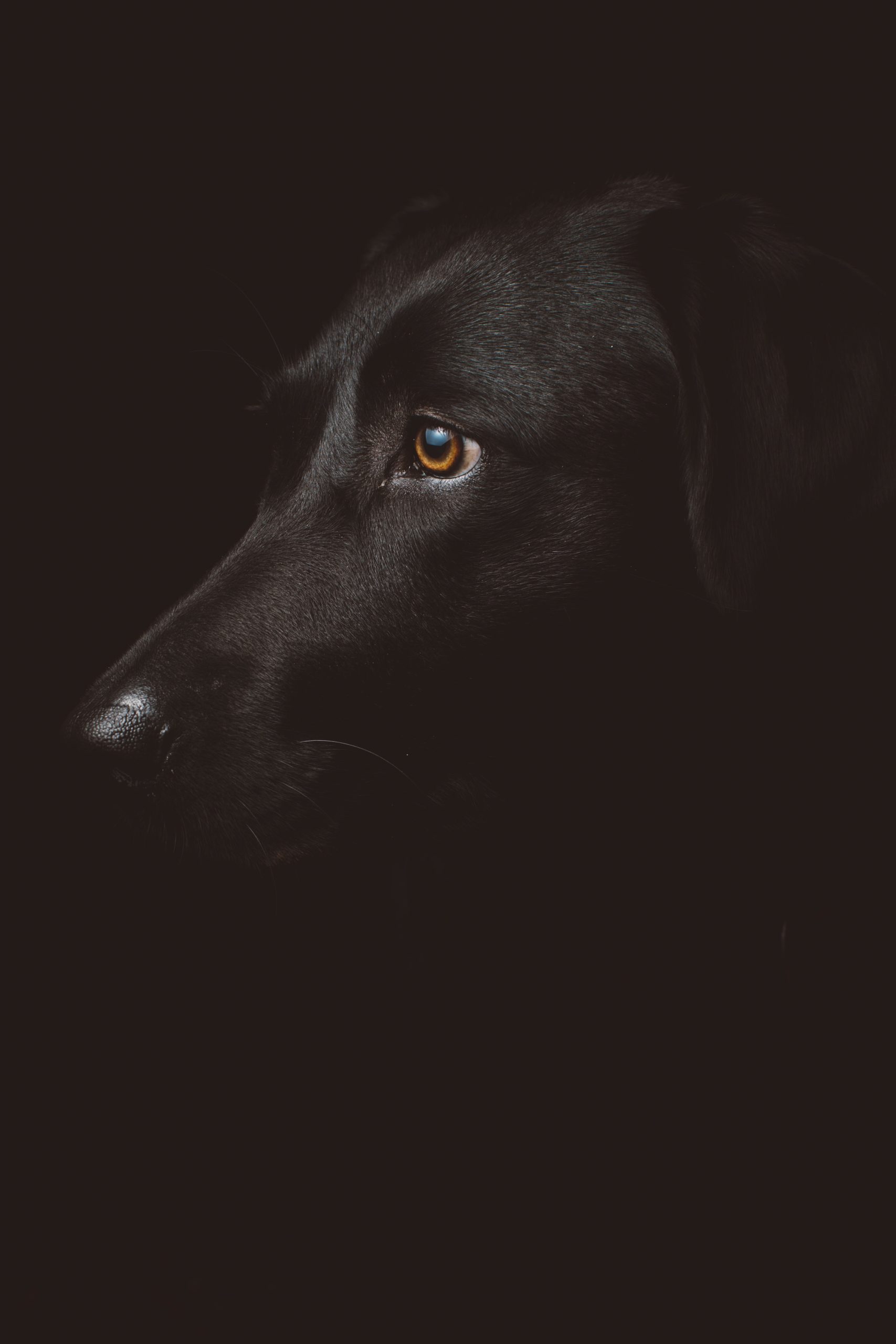In last week’s post, we debunked the commonly held belief of how dogs see colour.
This week, we continue to look into their eyes as we explore the capacity of their vision at night.
Despite being able to see in more colours than commonly thought, it would be fair to assume that our doggy’s sight isn’t on par with our own – especially when we know how powerful both their smell and hearing are.
Couple that with the fact they recognize objects at shorter distances than us as well as having a weaker depth perception, (30-60 degrees compared to 140 degrees in humans.) And you can be excused for underestimating your pals sight.
However, they do have us well beat in one area…
Night vision.
So, let’s explore this ability is in more detail.
Do Dogs Have Night Vision?
Yes, a dog can see in the dark but not like we imagine.
Their vision isn’t the same as what we’d see with night vision goggles, however, they do have plenty of advantages to help them detect movement in the dark.
We’re going to explore this ability through a series of questions below.
Why Can They See So Well In The Dark?
A dogs ability to see so well in the dark stems from their ancestral days as wild canines.
AKC says, “Wild canines were crepuscular, derived from the Latin word for twilight, meaning they were active primarily at dusk and dawn. They needed to be able to spot movement in dim light in order to track and catch their dinner or breakfast.”
So, as our dogs evolved they carried this capacity to see well in the dark.
Do Dogs See Better Than Humans At Night?
Despite some of the earlier disadvantages mentioned, our dogs have a far superior night vision to our own.
Have you ever noticed how a dog is quicker to react to movement on a nighttime walk?
This is because dogs can see movement and light in the dark, and other low-light situations, better than humans.
How so?
Well, it comes down to a few things.
How Their Eye Anatomy Differs
The humans eye is dominated by cones that detect colour in daylight.
However, dogs have a higher number of light-sensitive rods within their eye’s retina.
Rods work by collecting dim light, this is highly advantageous for seeing in the dark.
So while our cones help us have a greater sensitivity for detecting colours, a dog’s rods grant them the ability to detect motion and operate more effectively in dim light.
But that’s not all.
Other Nocturnal Vision Advantages For Dogs
1/ Larger Pupil Size
A dog’s pupil is much bigger than our own.
The pupil works by controlling the amount of light that enters the eye.
Therefore the larger the pupil, the more light that enters the eye and ultimately better night vision.
2/ Rod Filled Retinas
As mentioned, a dog has a retina dominated by rods rather than cones.
These rods allow them to see better much better at night as well as to detect motions more effectively.
3/ The Tapetum Lucidum
A dog’s primary night vision advantage over us is its tapetum lucidum.
This is the reflective tissue located beneath the retina that acts as a mirror to reflect light onto the retina.
It means that dogs need less light to see as they can use it more efficiently and effectively.
4/ Detecting Motion
And despite not being able to recognize objects from faraway as ourselves, that is only the case when the object is stationary.
Dogs can detect motion far more rapidly than ourselves as well as at far greater distances too!
Why Do Dogs’ Eyes Glow In The Dark?
When light hits our dog’s eyes at night they can appear to momentarily turn a greenish-yellow colour.
This is a result of the tapetum lucidium.
As we’ve seen already the tapetum reflects light. This reflection can appear in a green, yellow or blue colour which gives our dogs that eerie nightly appearance.
Final Bark
Eyesight may not be our dog’s strongest sense, but it’s certainly far more adept than it’s given credit for.
If you’re still curious to fully appreciate how our dogs view the world then check out Dog Vision. It has a host of tools that will let you see the colours dogs view the world as well as gain a greater appreciation into their night vision abilities.
That rounds up this week’s BusterBox blog. Keep your eyes peeled for more fun, informative posts!
And as always, be sure to check out our BusterBox goodies and show your dog how much you love them.



